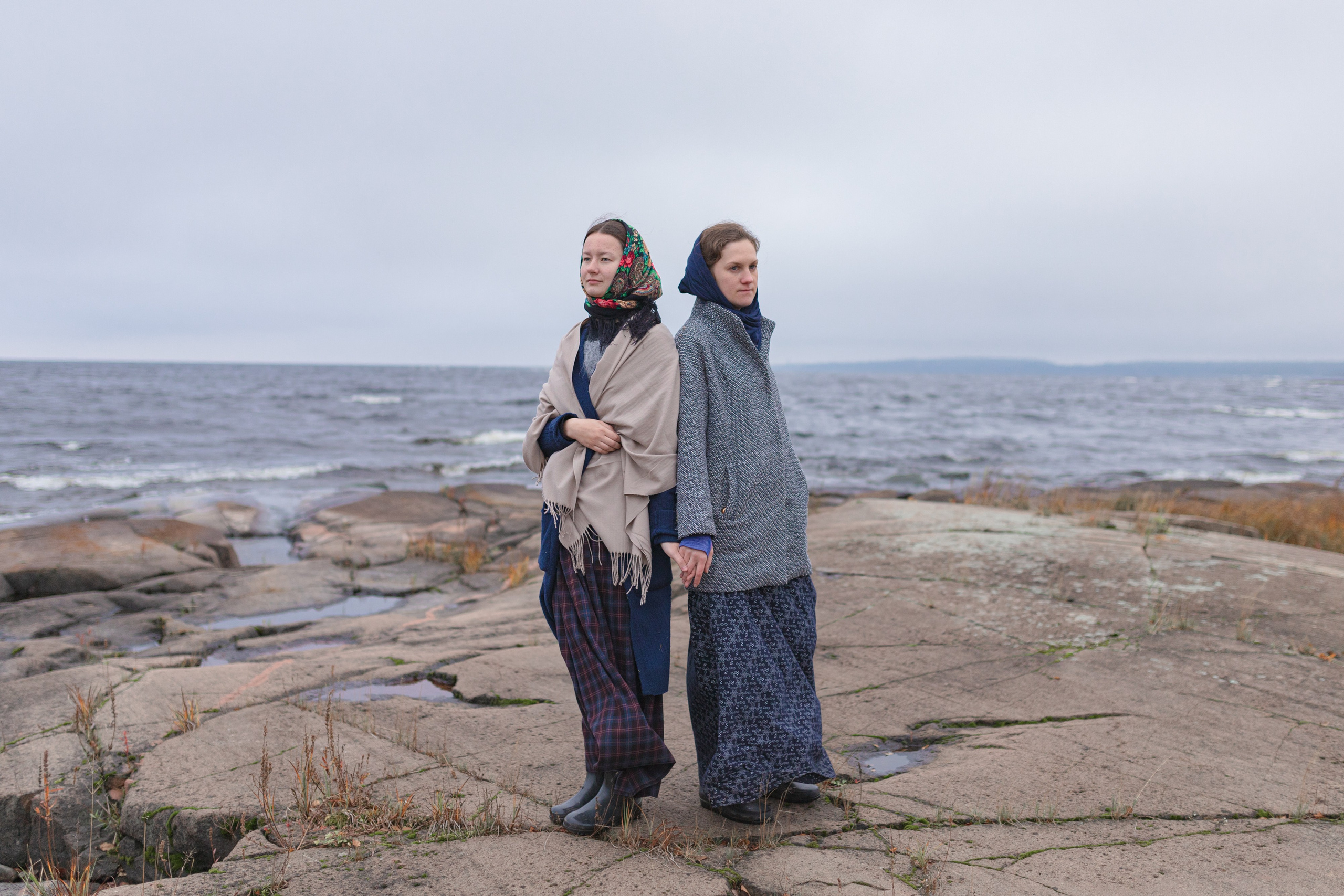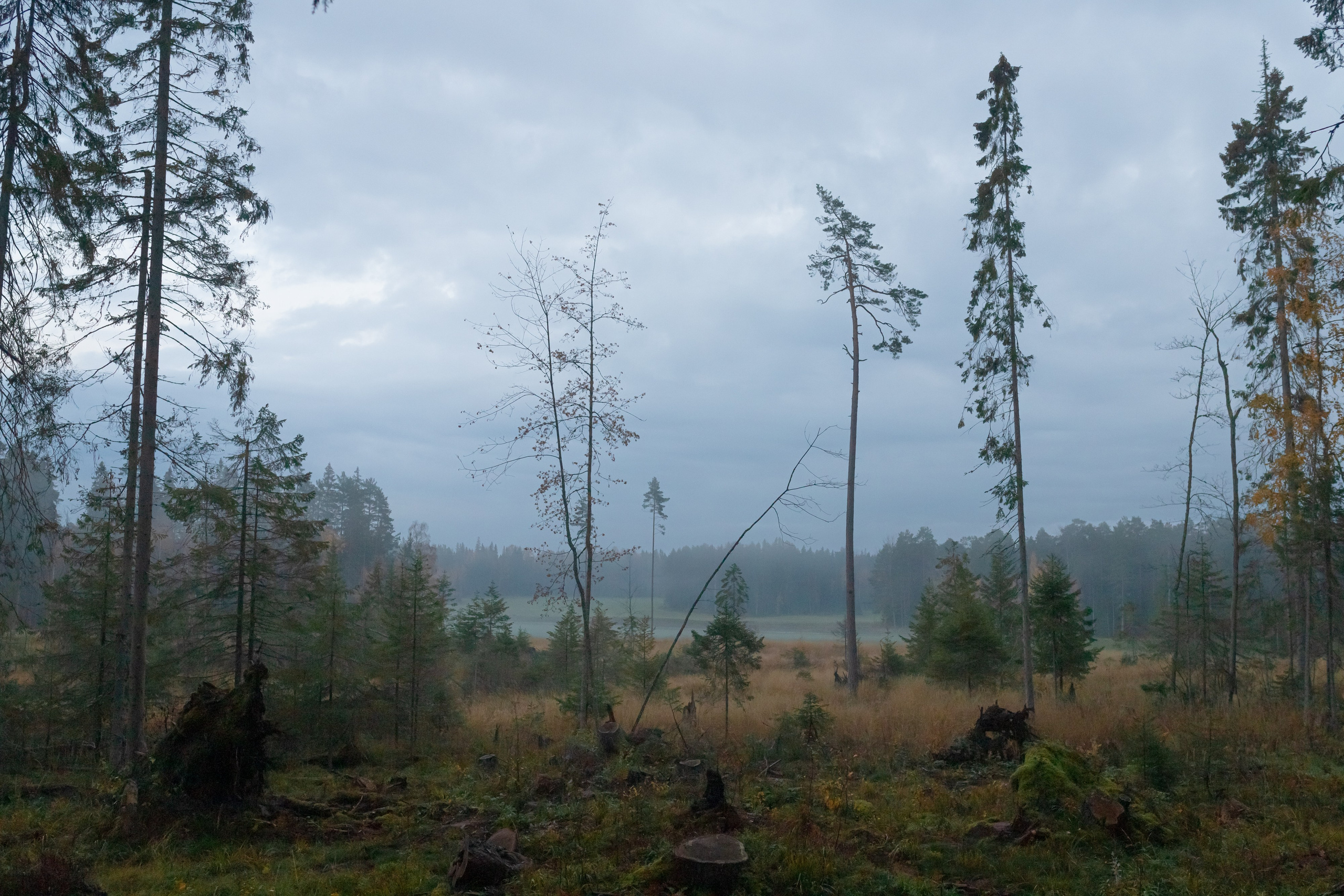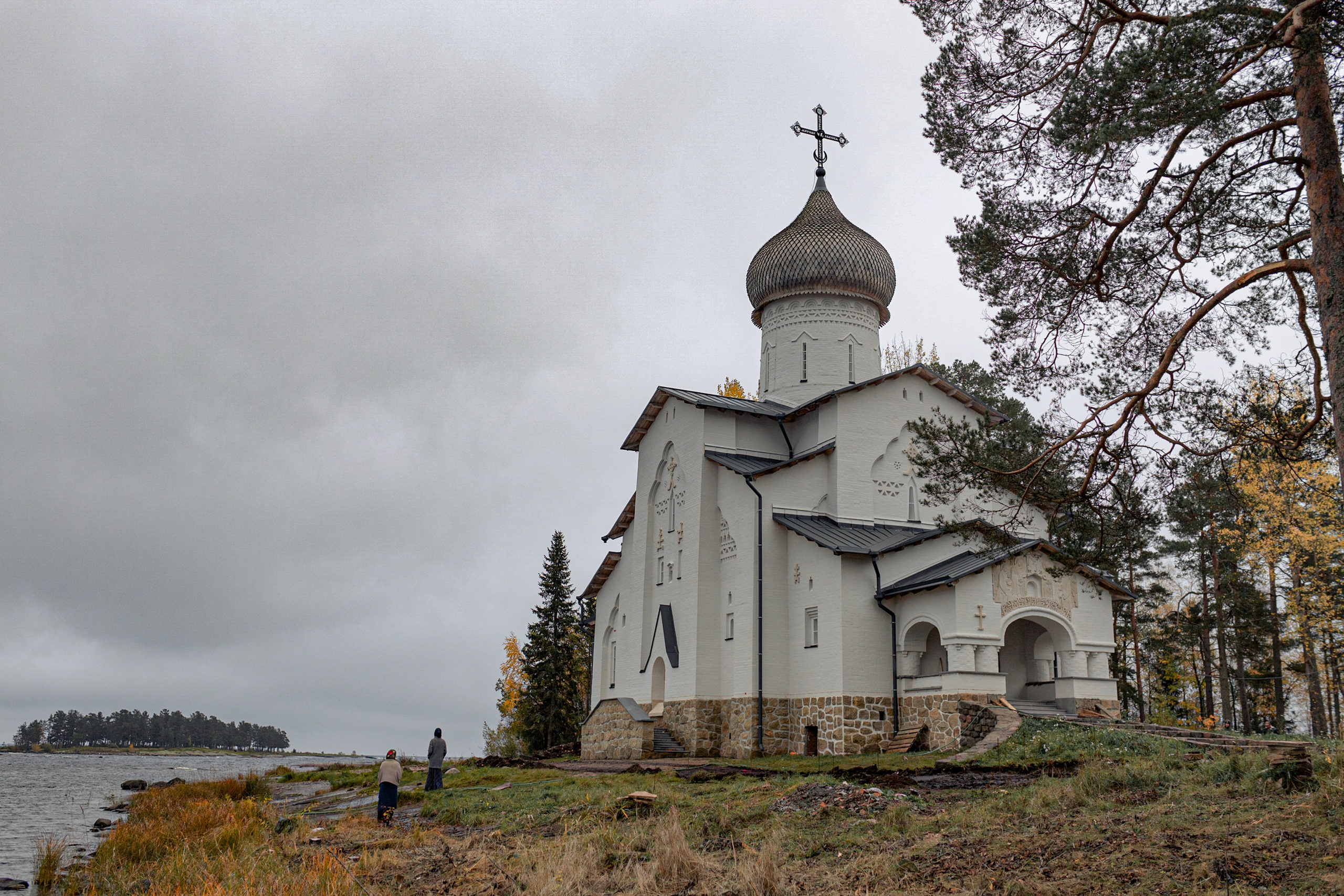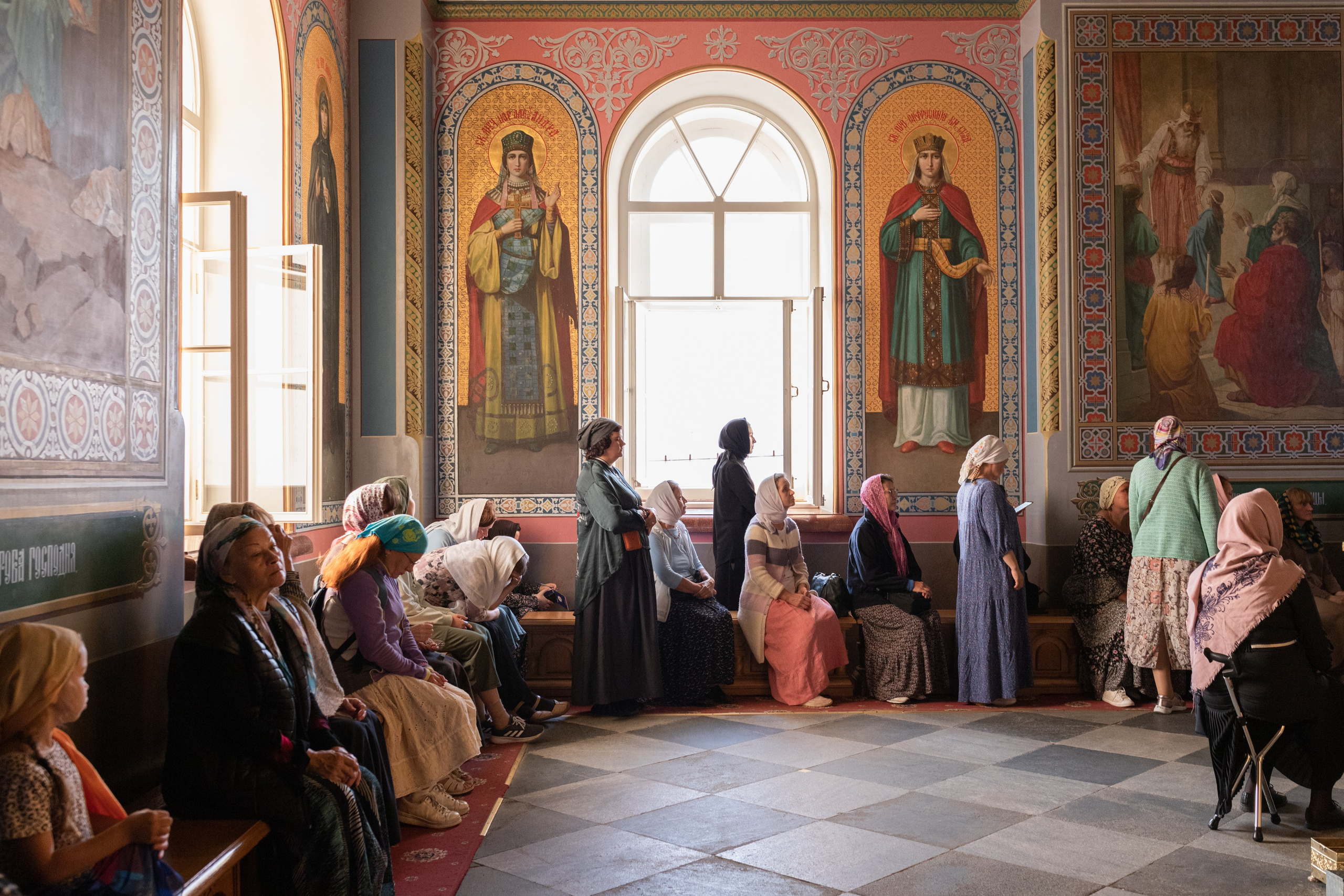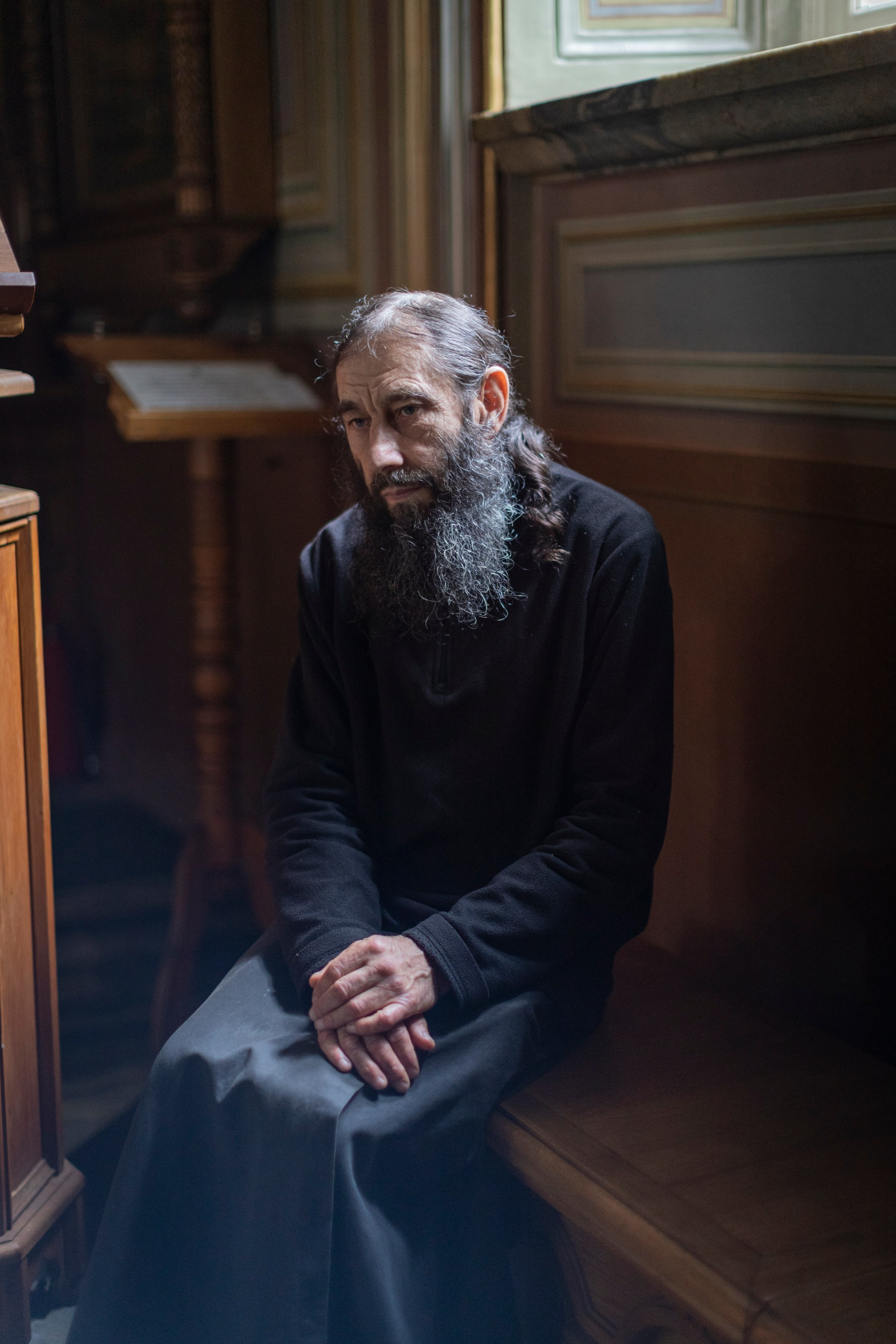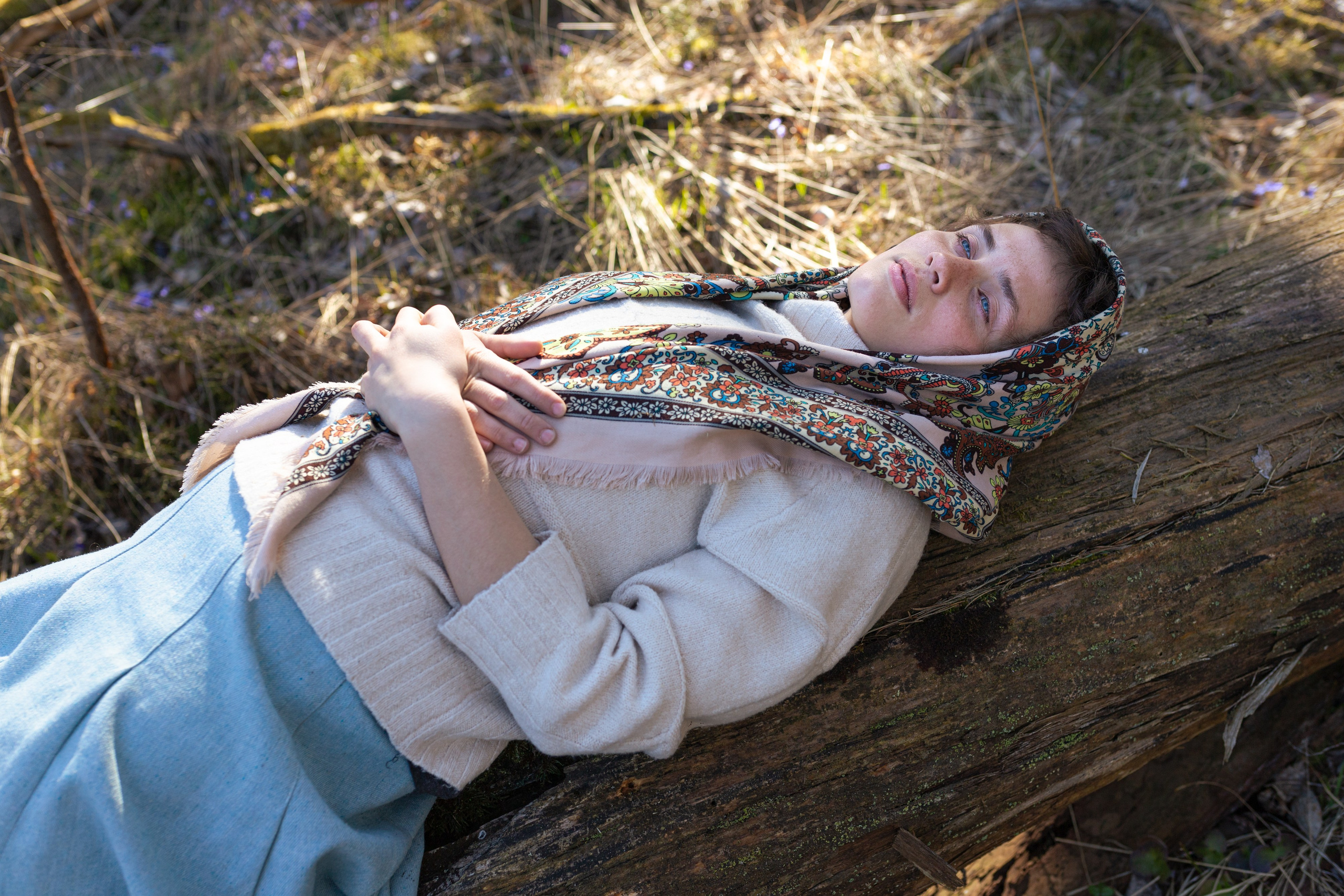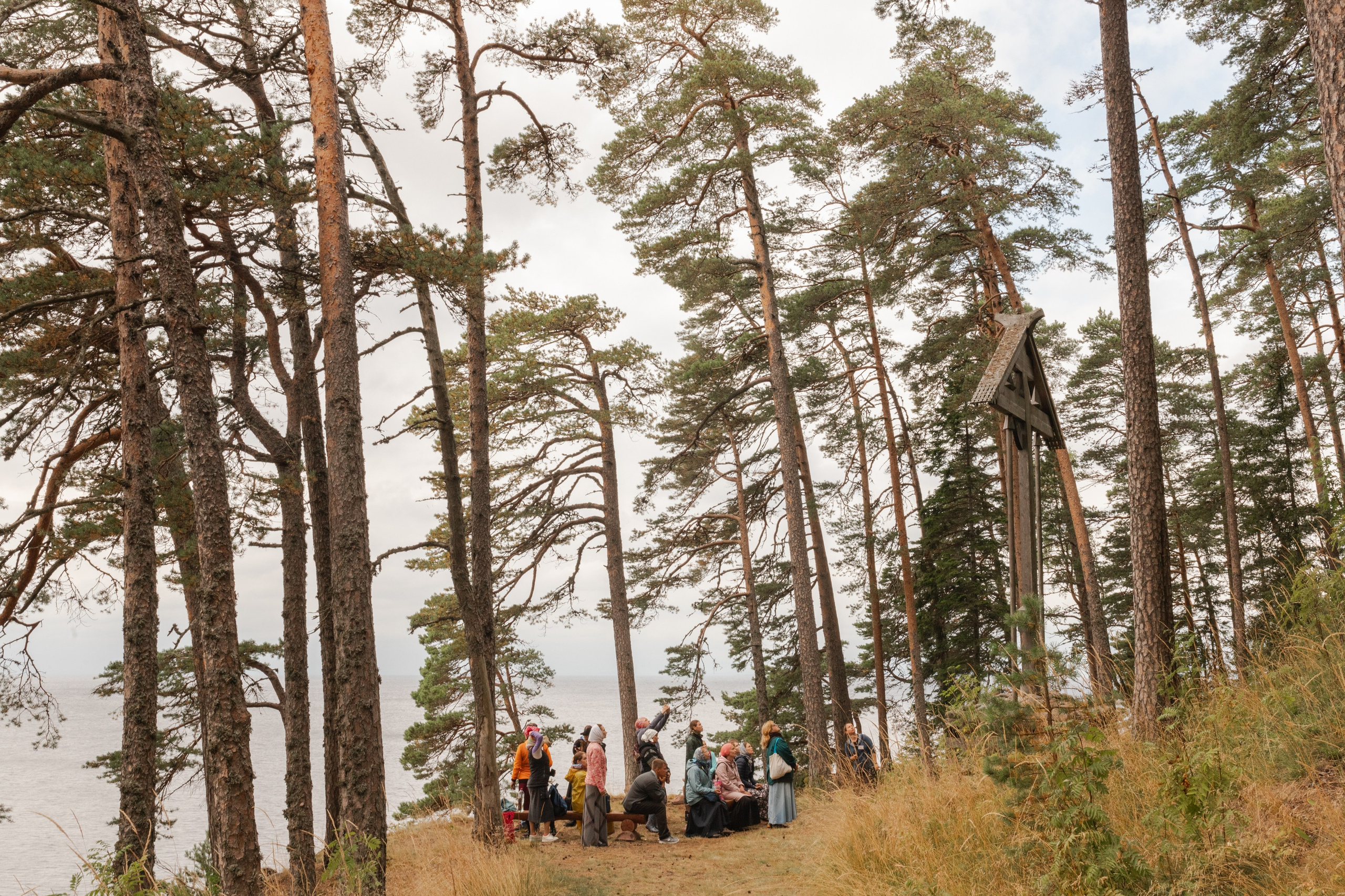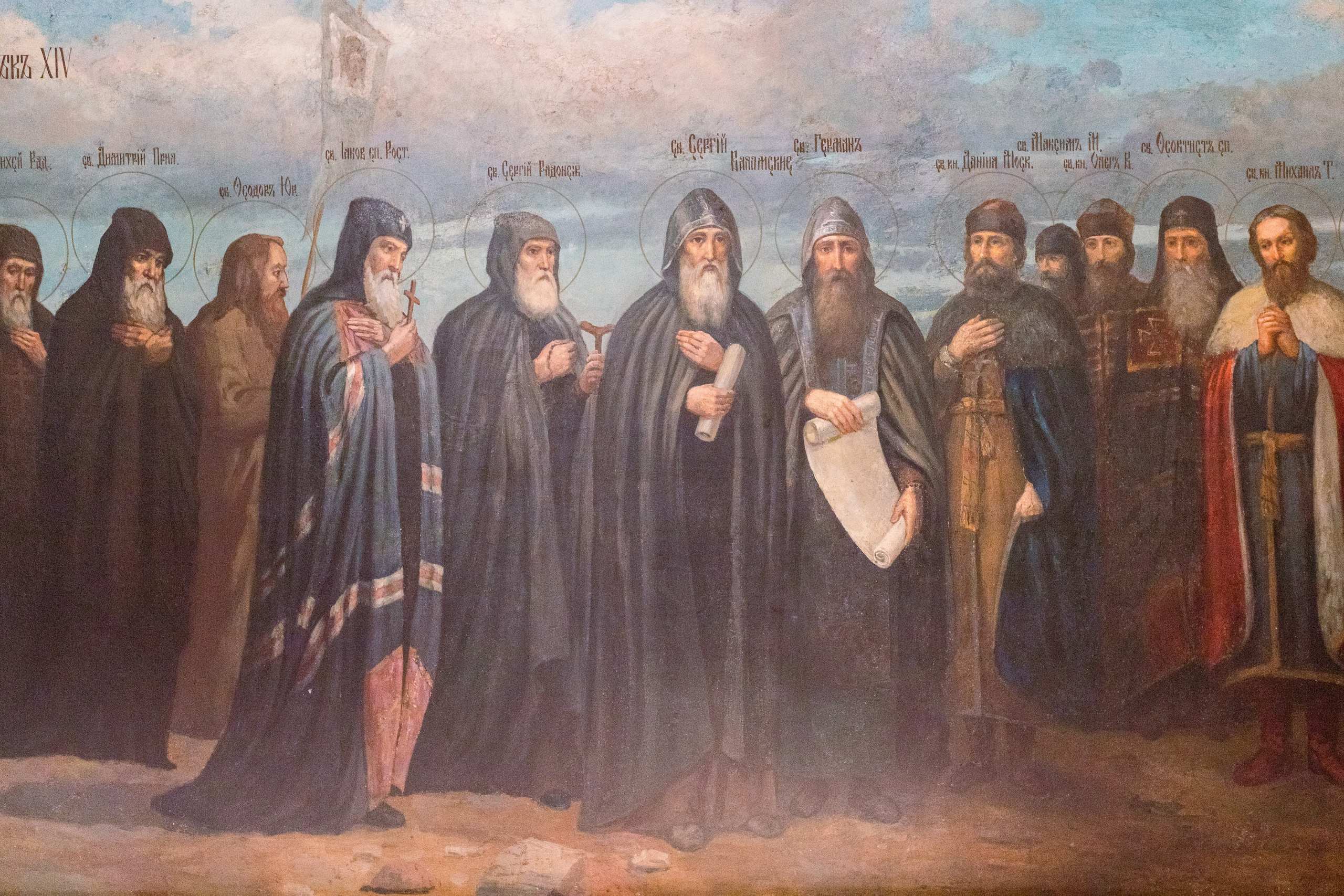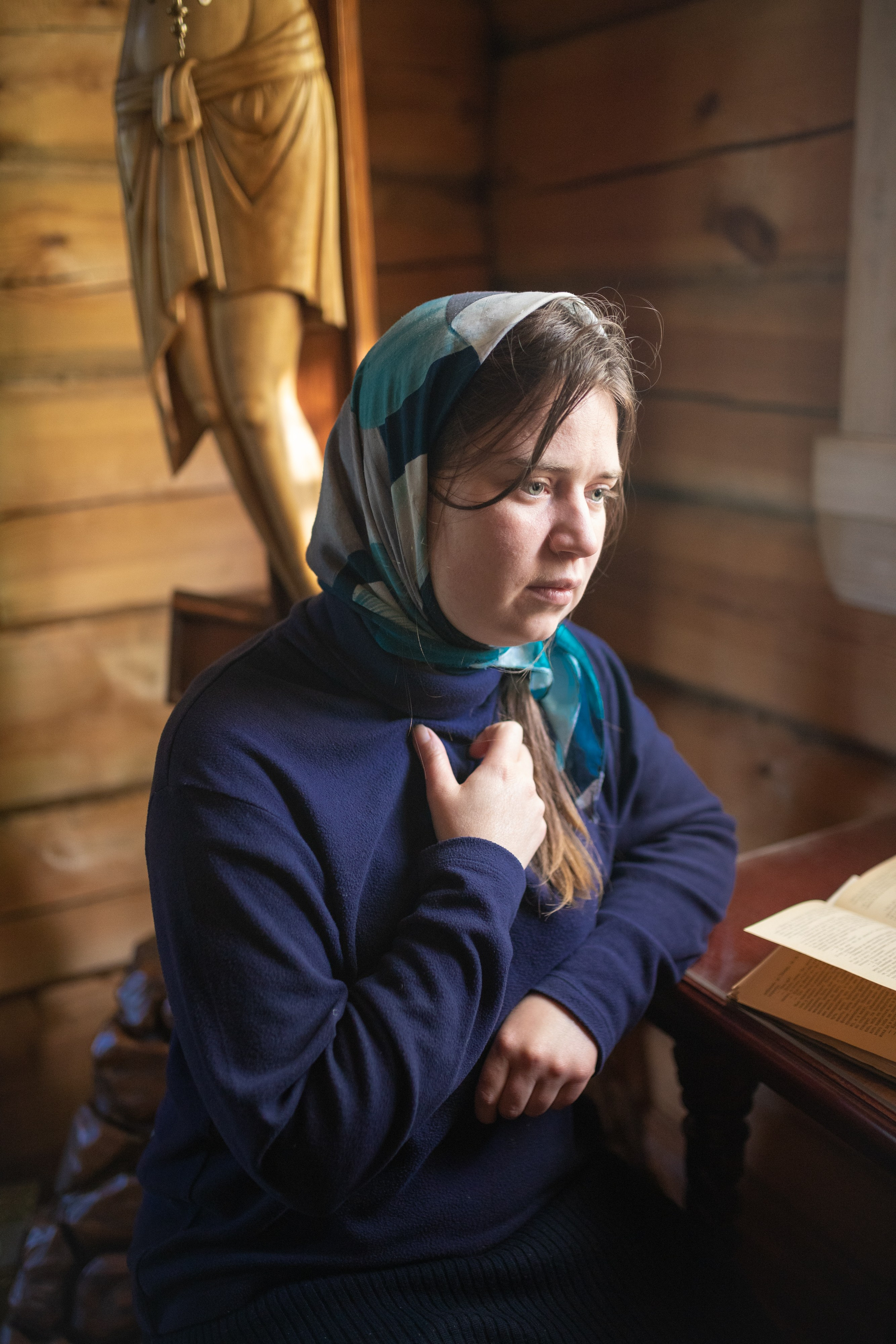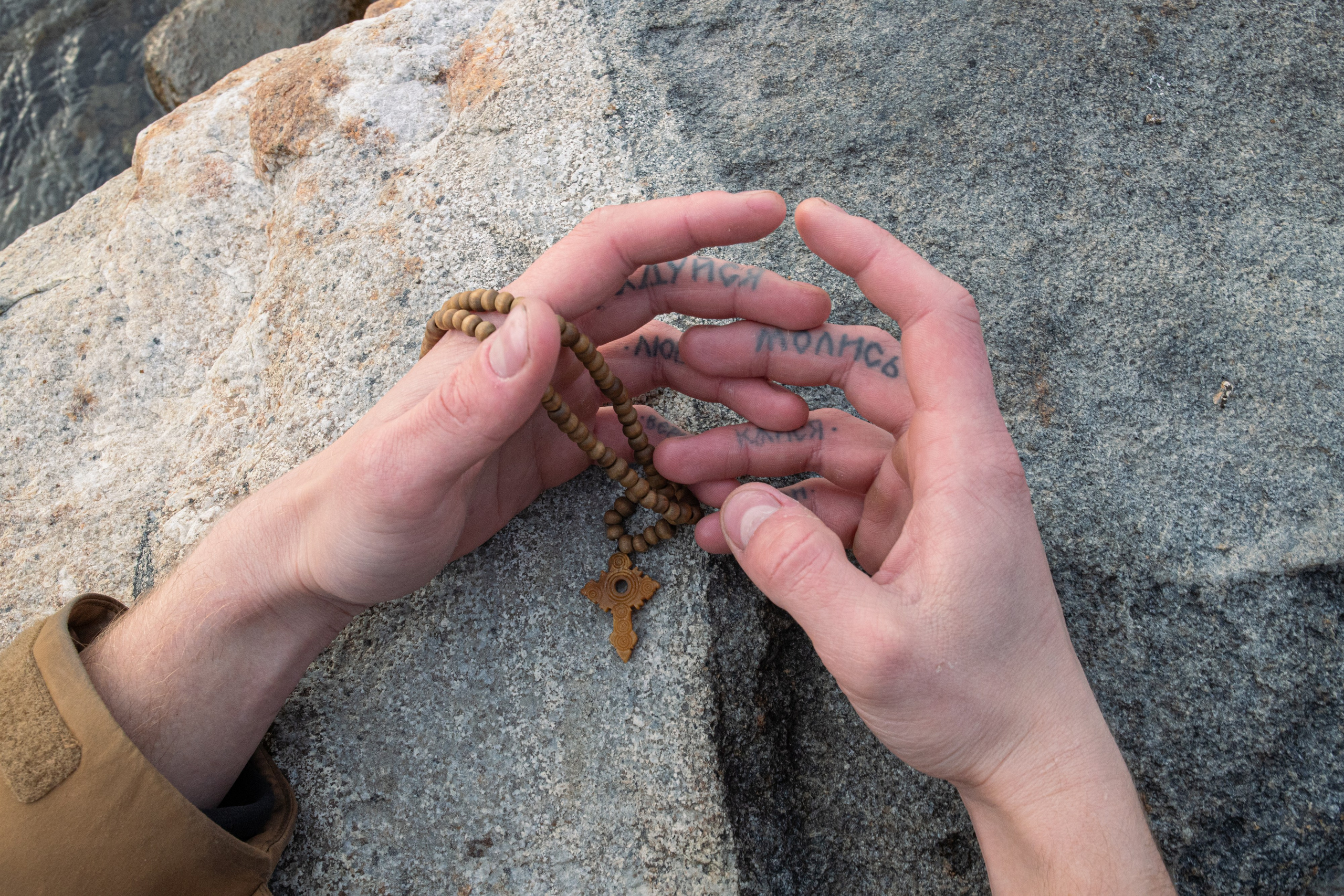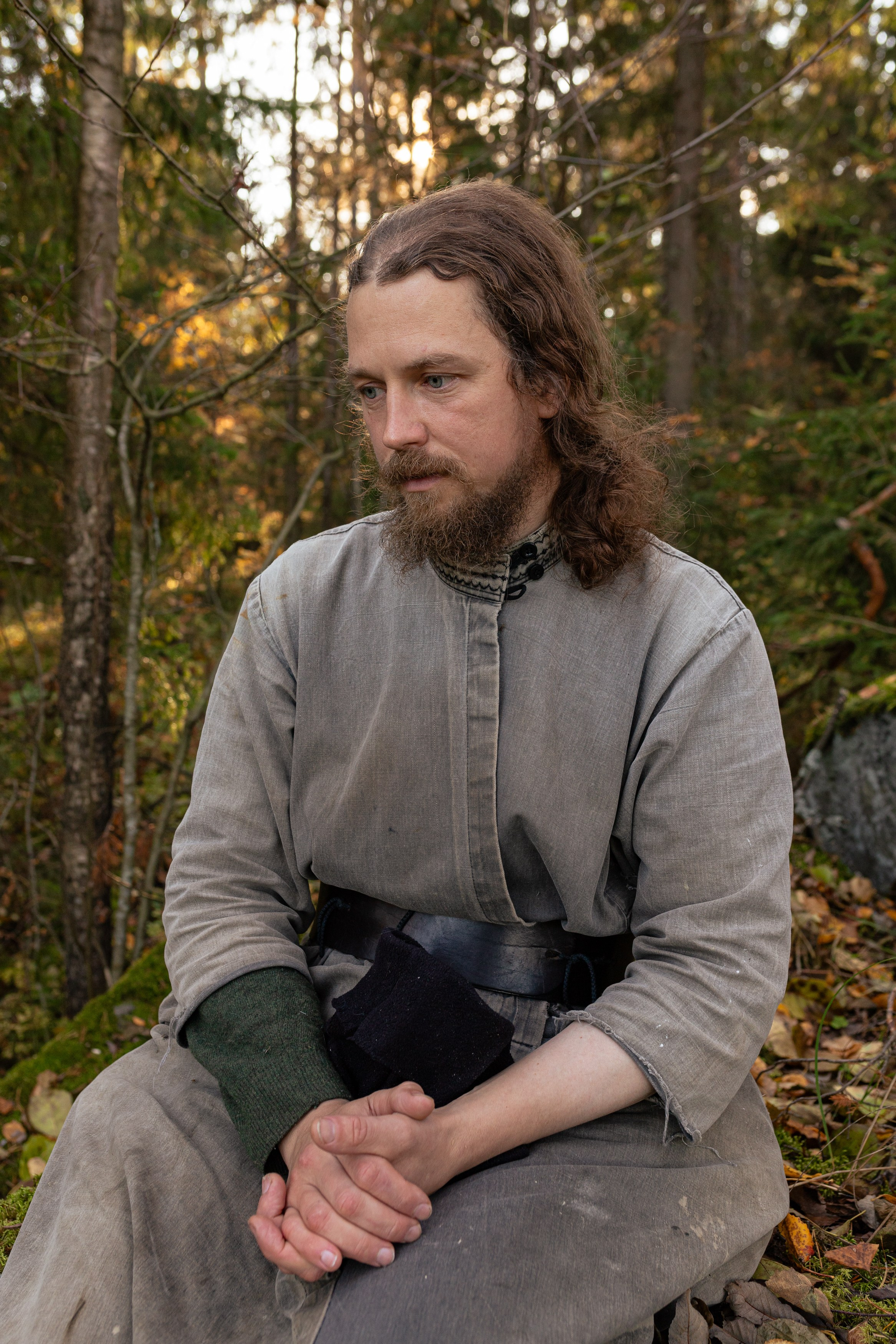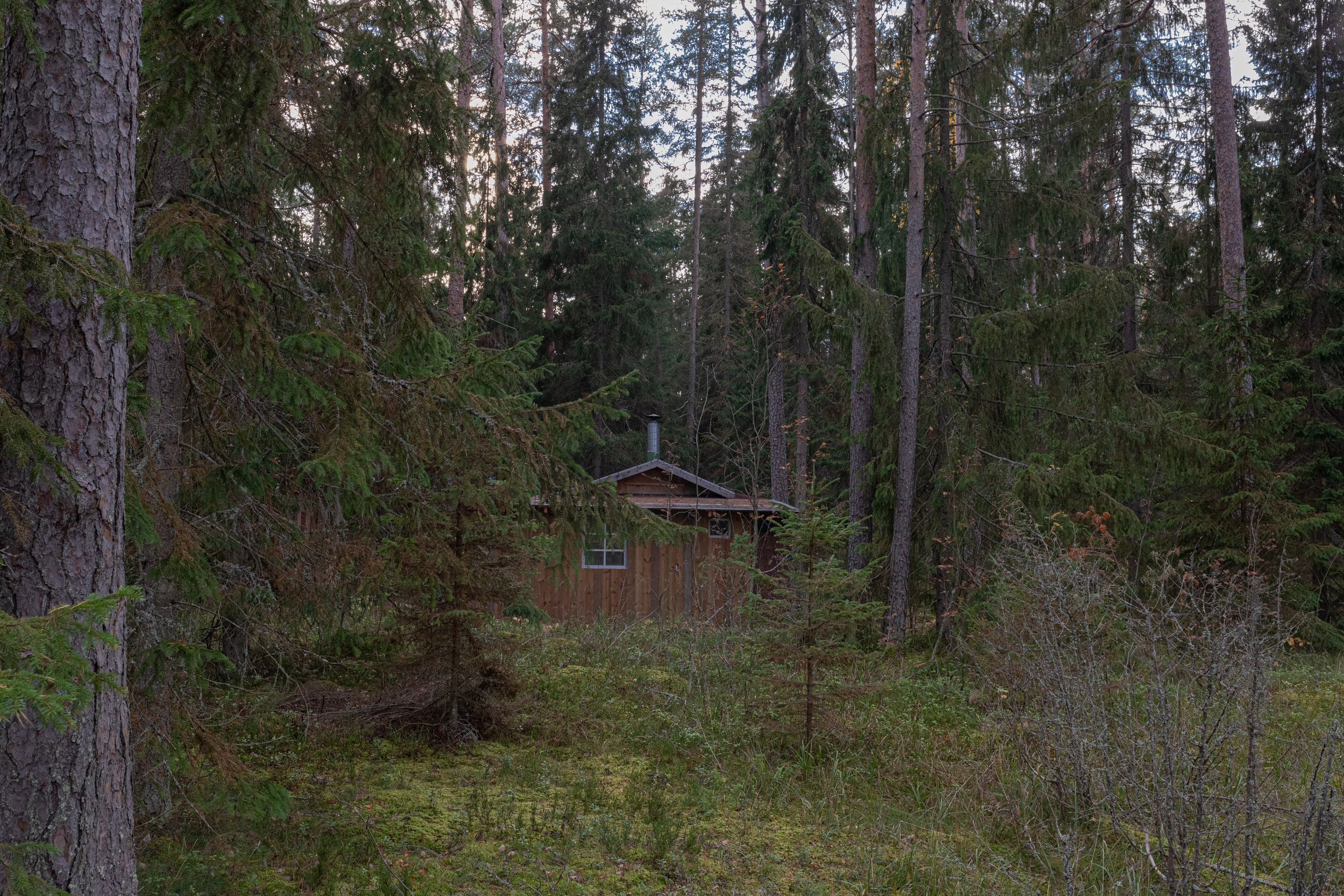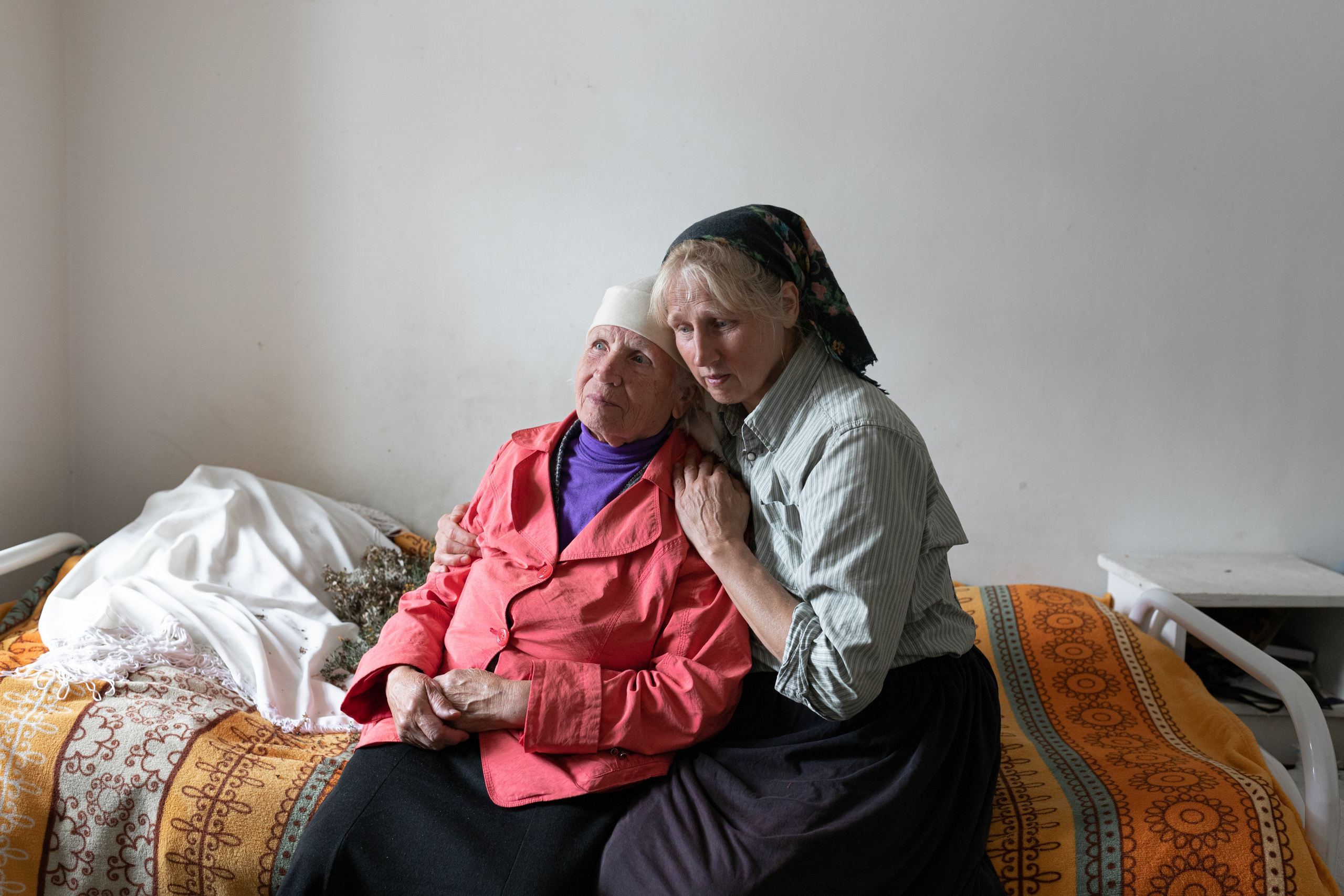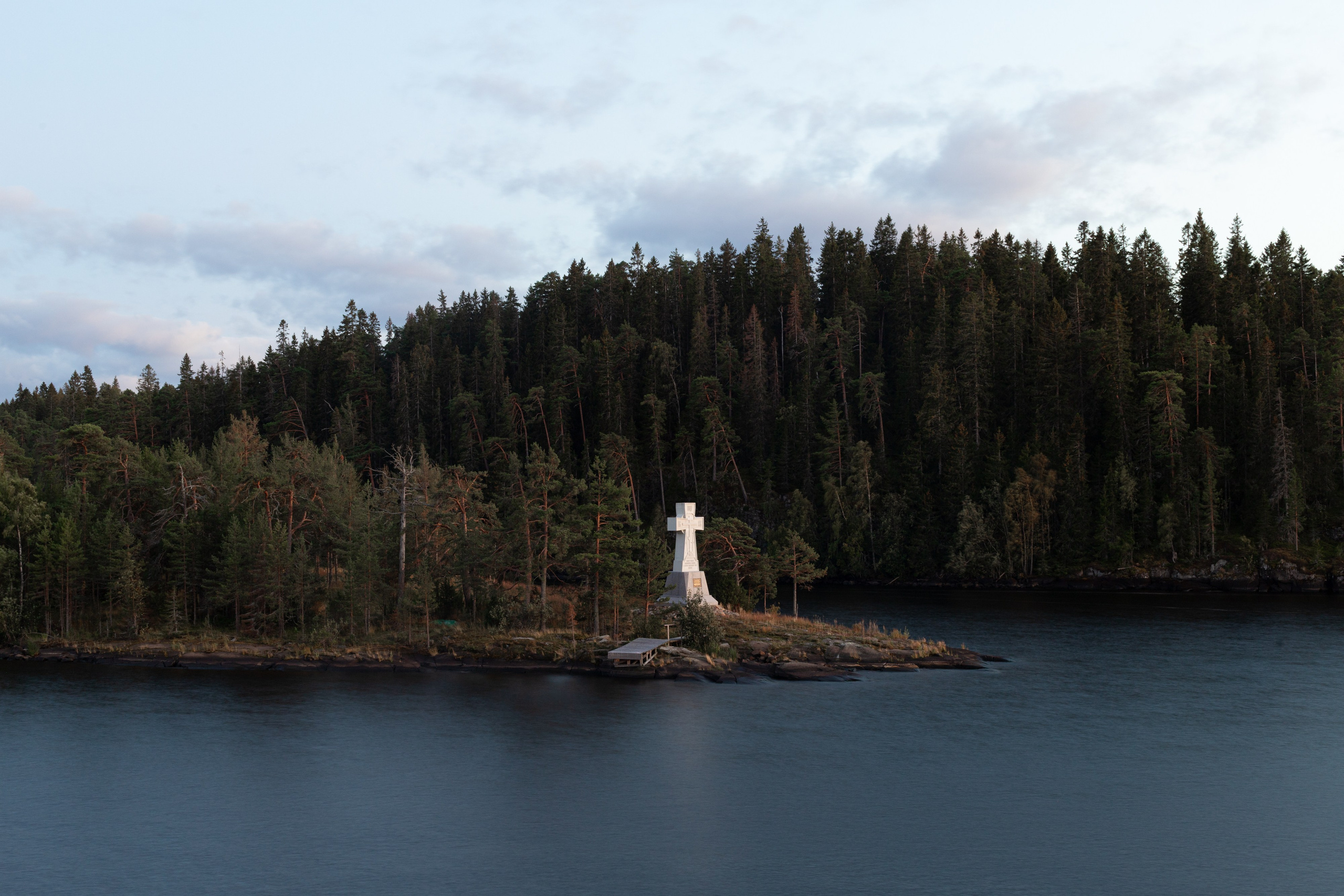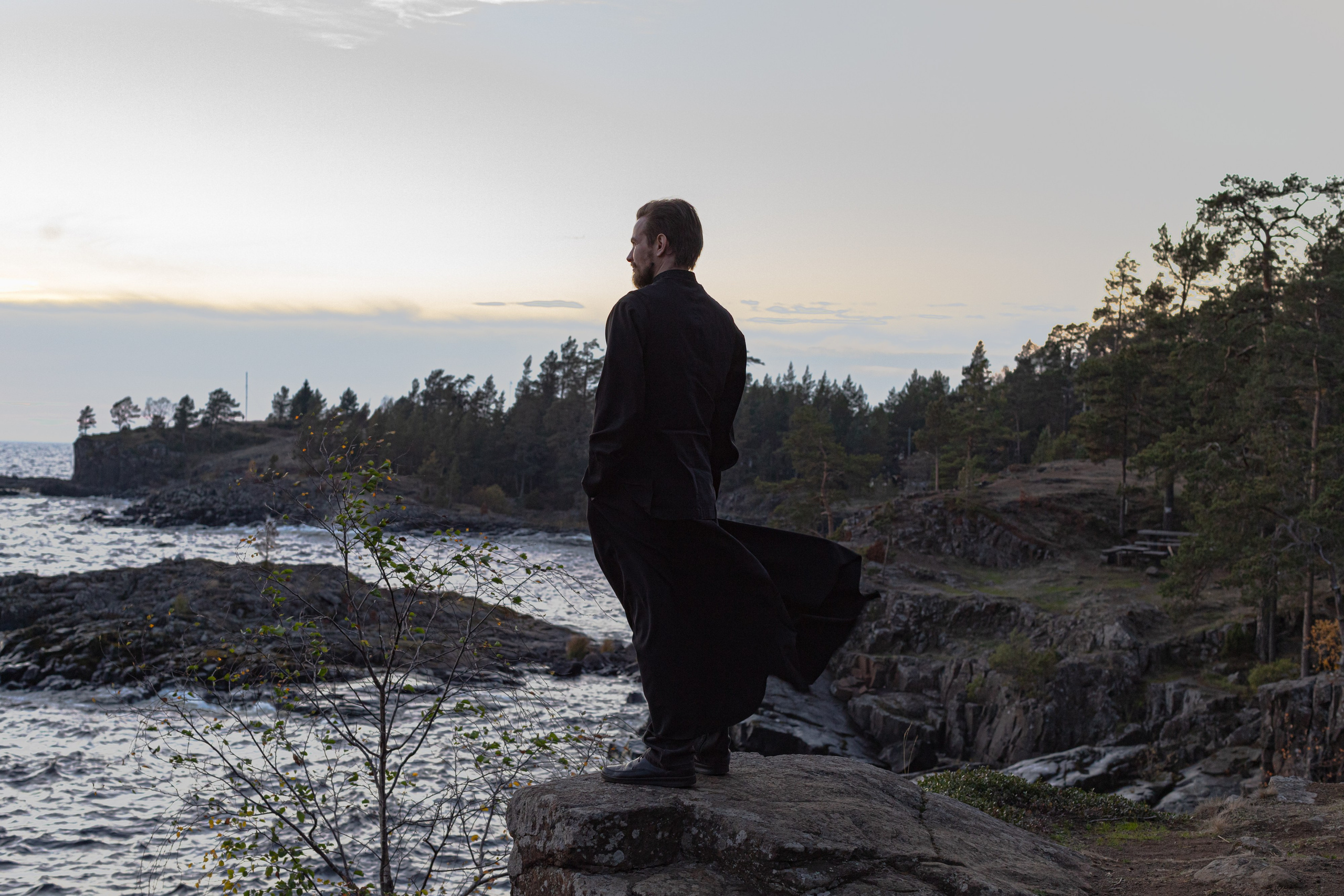The High Land / (2021-2025)
An ancient complex of churches and sketes is located on Valaam Island and multiple neighbouring islets. It is home to one of the largest male orthodox monasteries in Russia, which was founded back in the fourteenth century. In the past, the Valaam Monastery lived through several periods of prosperity followed by decline and even total collapse. In the 19th century, after a pilgrimage to Jerusalem, the abbot of the monastery had the idea of creating a “Russian Jerusalem” on Valaam as a reminder of the Holy Land. For realizing this idea, new structures, which were named after several Christian shrines, were built on the island and a route was laid along them on the island. Today it is self-sufficient and relies exclusively on its extensive farming activities. The monastery runs a farm, a bakery, a fish farm, a beeyard, agricultural lands, meteorological and fire stations.
Despite its remoteness, it attracts tens of thousands of pilgrims and tourists from all over the world. More than two hundred monks and novices live permanently on the island and seldom leave it. Some of the locals, who have remained here since the Valaam village was abolished, still do not want to leave the island, because they see it as their home. Many volunteers, who come to help the monastery with various chores, are constantly renewing and changing the social landscape of the island. This distribution of people is a unique phenomenon for a closed monastery. As a result, a distinctive social climate and human relationships are created on the island.
There are many stereotypes about monastic life. It is difficult to notice from the outside, but after having lived on the island, you begin to see that life there represents a miniature model of our society. People’s experiences also include friendships, relationships, work and conflicts. It is often said that one comes to the monastery because of life’s hardships. Many people came to this place because of addictions, illnesses, challenging life situations, loss of values and the meaning of life. For them, it is the last place where they can get help and support and some people try to start a new life on the island.

